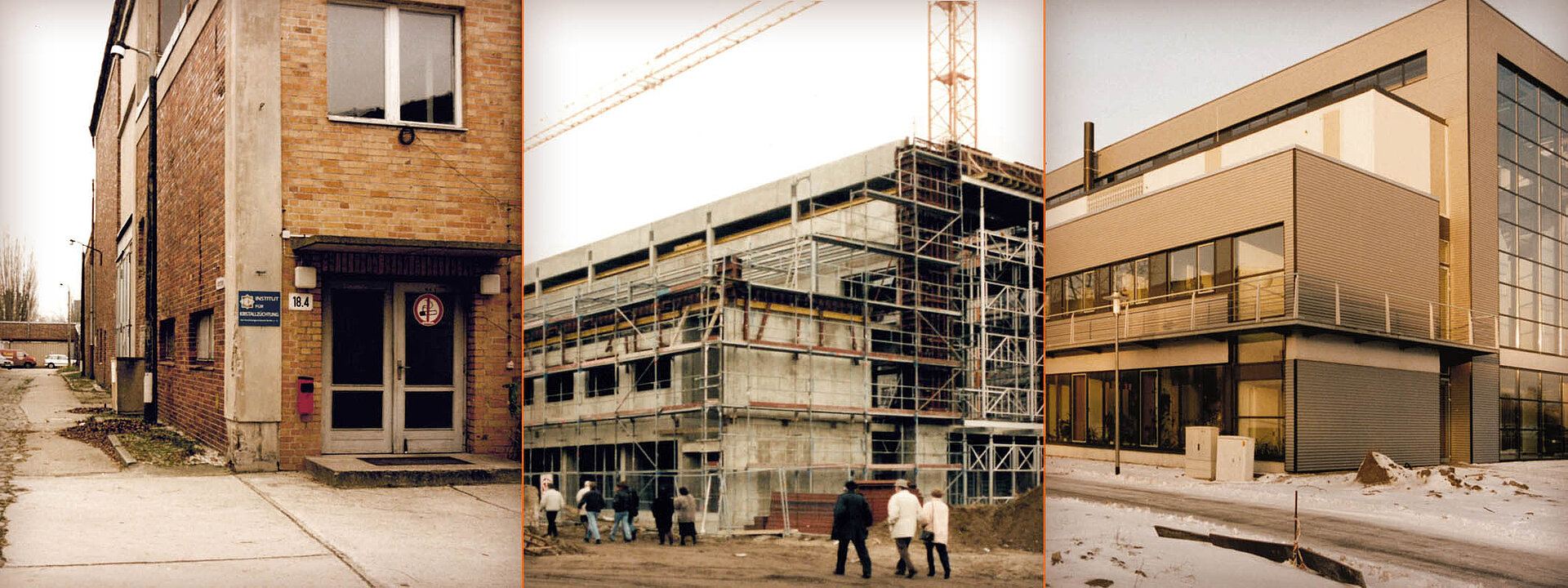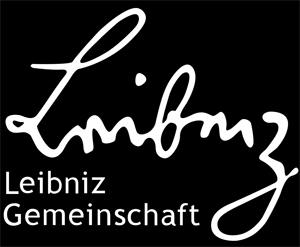History

Development into an institute unique in Europe
On January 1st, 1992, the IKZ was founded as service institution on the so-called ´Blue List´. The institute evolved from the technical center for crystal growth (Technikum für Kristallzüchtung) as well as the center of scientific equipment engineering (Zentrum für wissenschaftlichen Gerätebau ZWG) of the Academy of Sciences of the German Democratic Republic. Further groups from the Academy of Sciences of GDR were incorporated, namely, the group dealing with the growth of II-VI crystals from the central institute for electron physics (Zentralinstitut für Elektronenphysik) and the oxide crystal group from the central instute for optics and spectroscopy (Zentrum für Optik und Spektroskopie). Initially, the institute had 52 staff members.
The Leibniz-Institut für Kristallzüchtung is a research and service institute of national importance and of federal scientific interest. Therefore, in accordance with article 91b of the German Basic Law, it receives funding from both the German federal and state governments and is part of the Leibniz Association. In 2008, the institute was renamed Leibniz-Institut für Kristallzüchtung.
The 'Blue List'
The introduction of article 91b of the German Basic Law allowed the joint promotion of research by the German federal and regional governments. In 1977, at first, 46 research institutions of national importance and of federal scientific interest had been identified for this joint funding. The so-called Blue List was born, the name originating from the blue paper used. All these institutions were evaluated periodically to verify that their research activities would still justify the joint funding, that means their research activities still would be of national importance. So until 1989, five institutions left while six more entered the list.
After the reunification in 1990, the research institutes in the eastern part of Germany were evaluated by the German Council of Science and 34 additional institutes were added to the list. The Blue List framework became the Blue List Science Association in 1995 and the Gottfried Wilhelm Leibniz Science Association in 1997. Today, the Leibniz Association is one of the four German research associations. Still, every seven years, all Leibniz institutes are evaluated by an external committee. More information you may find on the pages of theLeibniz Association.

Development into an institute unique in Europe
On January 1st, 1992, the IKZ was founded as service institution on the so-called ´Blue List´. The institute evolved from the technical center for crystal growth (Technikum für Kristallzüchtung) as well as the center of scientific equipment engineering (Zentrum für wissenschaftlichen Gerätebau ZWG) of the Academy of Sciences of the German Democratic Republic. Further groups from the Academy of Sciences of GDR were incorporated, namely, the group dealing with the growth of II-VI crystals from the central institute for electron physics (Zentralinstitut für Elektronenphysik) and the oxide crystal group from the central instute for optics and spectroscopy (Zentrum für Optik und Spektroskopie). Initially, the institute had 52 staff members.
The Leibniz-Institut für Kristallzüchtung is a research and service institute of national importance and of federal scientific interest. Therefore, in accordance with article 91b of the German Basic Law, it receives funding from both the German federal and state governments and is part of the Leibniz Association. In 2008, the institute was renamed Leibniz-Institut für Kristallzüchtung.

